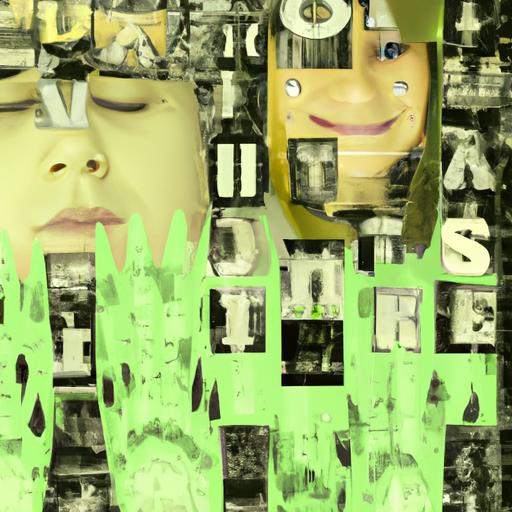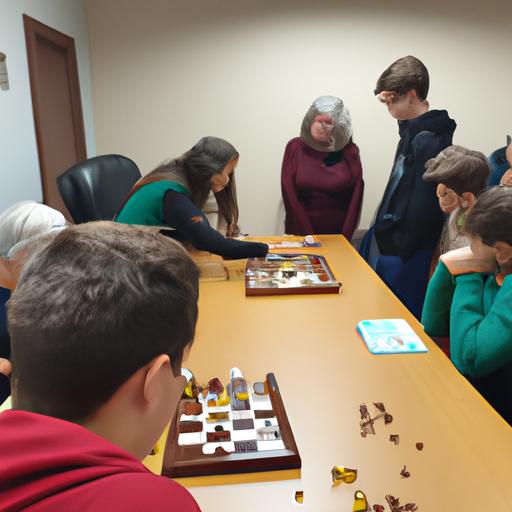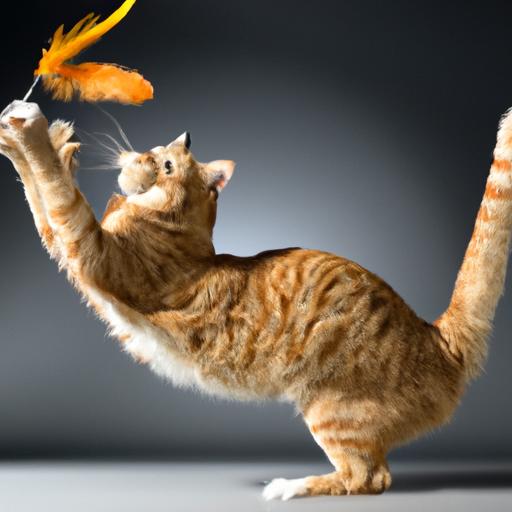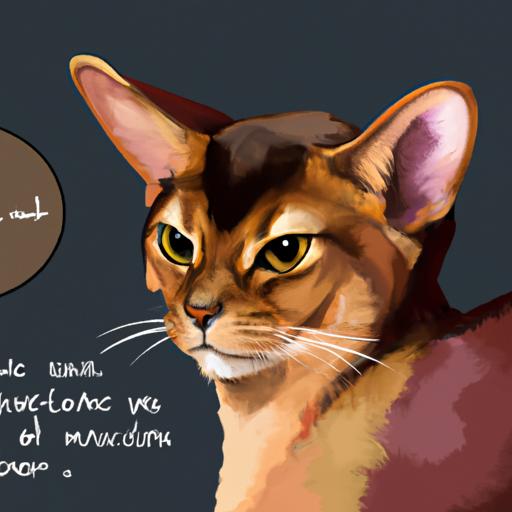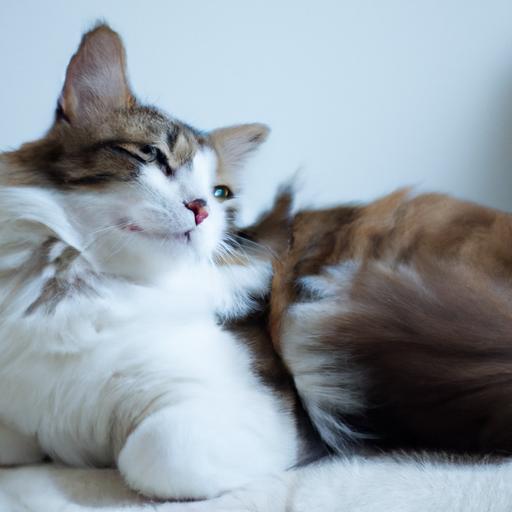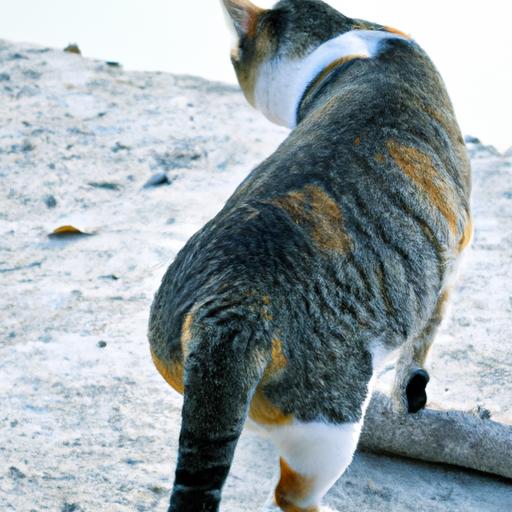
Understanding Cat Slow Tail Flicking: Decoding Feline Behavior
Discover the secrets behind understanding cat slow tail flicking. Decode feline behavior and learn how to interpret your cat’s emotions and needs.
Introduction
Have you ever noticed your cat flicking its tail slowly? Cat behavior can be mysterious at times, but understanding their communication cues is crucial for maintaining a harmonious relationship with these enigmatic creatures. In this article, we will delve into the fascinating world of cat slow tail flicking. By unraveling the reasons behind this behavior, you will gain valuable insights into your feline companion’s emotions and needs.
Understanding Cat Slow Tail Flicking
Cat slow tail flicking refers to the deliberate swaying of a cat’s tail in a measured and controlled manner. It is important to note that slow tail flicking is distinct from the rapid and aggressive tail movements associated with aggression or fear. Instead, this behavior serves as a subtle form of communication, allowing cats to express various emotions and intentions.
Stress or Anxiety
One common reason for cat slow tail flicking is stress or anxiety. Cats are sensitive creatures, and when faced with unfamiliar environments, loud noises, or changes in their routines, they may exhibit slow tail flicking as a means to cope with their unease. It serves as a self-soothing mechanism, helping them calm their nerves and regain a sense of comfort.
Aggression or Irritation
While slow tail flicking is not typically associated with aggression, it can occasionally indicate irritation or displeasure. When a cat feels provoked or annoyed, their tail may flick slowly as a warning sign. It is crucial to pay attention to other accompanying body language cues, such as flattened ears, dilated pupils, or raised fur, to determine the overall context and assess whether the behavior is escalating towards aggression.
Concentration or Focus
Curiously, slow tail flicking can also occur when a cat is deeply engrossed in a task or situation. Just like humans who may tap their fingers or twirl their hair when concentrating, cats may engage in slow tail flicking to enhance their focus. It is their way of channeling their energy and maintaining a state of readiness.
Communication or Mood Indicator
Cats use their tails as a powerful tool for communication. Slow tail flicking can convey a range of moods and intentions. For instance, a gently swaying tail can indicate contentment and relaxation, while a more pronounced flick may suggest excitement or anticipation. Understanding the nuances of these tail movements can help us decipher our cats’ emotions and respond accordingly.
Frequently Asked Questions (FAQ)
1. Is slow tail flicking always a sign of aggression?
No, slow tail flicking is not always a sign of aggression. While it can occasionally indicate irritation, it is essential to consider the overall body language and context. Look for additional signs of aggression, such as hissing, growling, or defensive postures, to accurately interpret your cat’s behavior.
2. How can I differentiate between stress-related and focus-related tail flicking?
Differentiating between stress-related and focus-related tail flicking can be challenging but not impossible. Pay attention to the environment and your cat’s overall demeanor. If the slow tail flicking occurs in a stressful situation or during unfamiliar encounters, it is likely stress-related. Conversely, if your cat is deeply engrossed in an activity and displays focused body language, such as dilated pupils and intense concentration, the tail flicking is likely related to focus.
3. Should I be concerned if my cat frequently displays slow tail flicking?
Frequent slow tail flicking alone may not necessarily be a cause for concern. Cats have unique personalities and communication styles, and some may naturally exhibit this behavior more often than others. However, if you observe other signs of distress, changes in appetite, or unusual behavior, it is always recommended to consult with a veterinarian to rule out any underlying health issues.
Conclusion
Understanding cat slow tail flicking is an essential aspect of decoding feline behavior. By recognizing the various reasons behind this behavior, such as stress, focus, irritation, or communication, we can better understand our cats’ emotions and needs. Remember to observe your cat’s overall body language and context to accurately interpret their slow tail flicking. If you have concerns about your cat’s behavior or health, seeking professional advice is always recommended. Strengthen the bond with your feline friend by unraveling the secrets hidden within their mesmerizing tail movements.
Read more about cat behavior and the meaning of slow tail flicks to gain further insights into the captivating world of feline communication.















